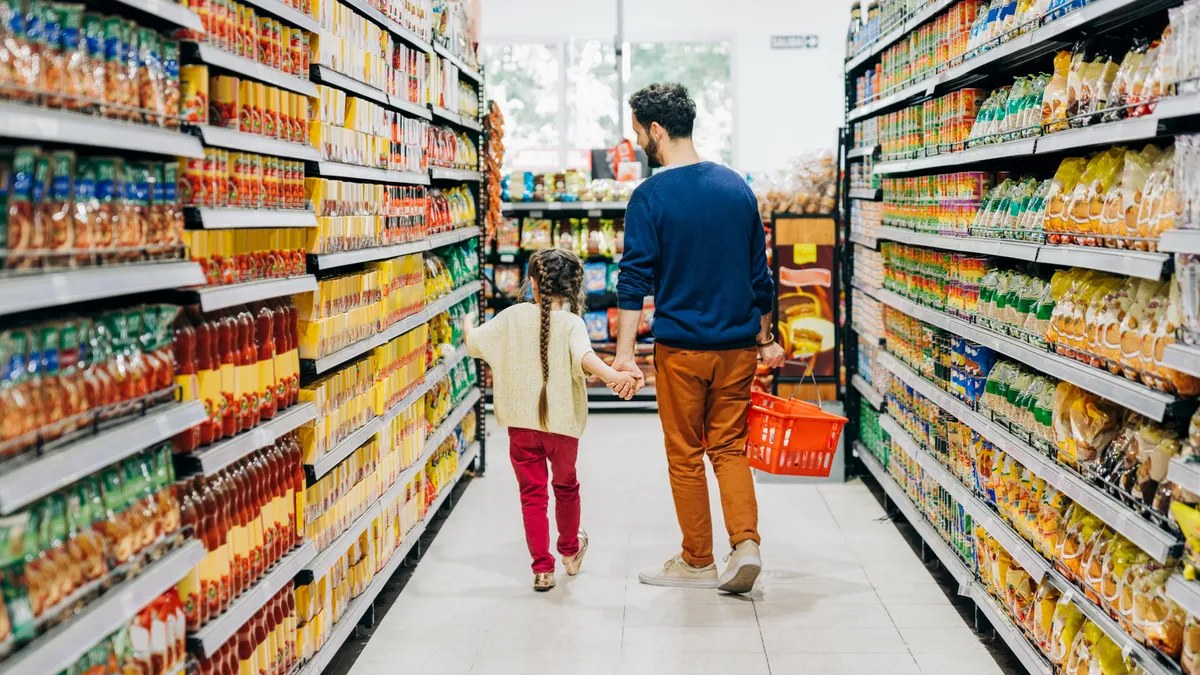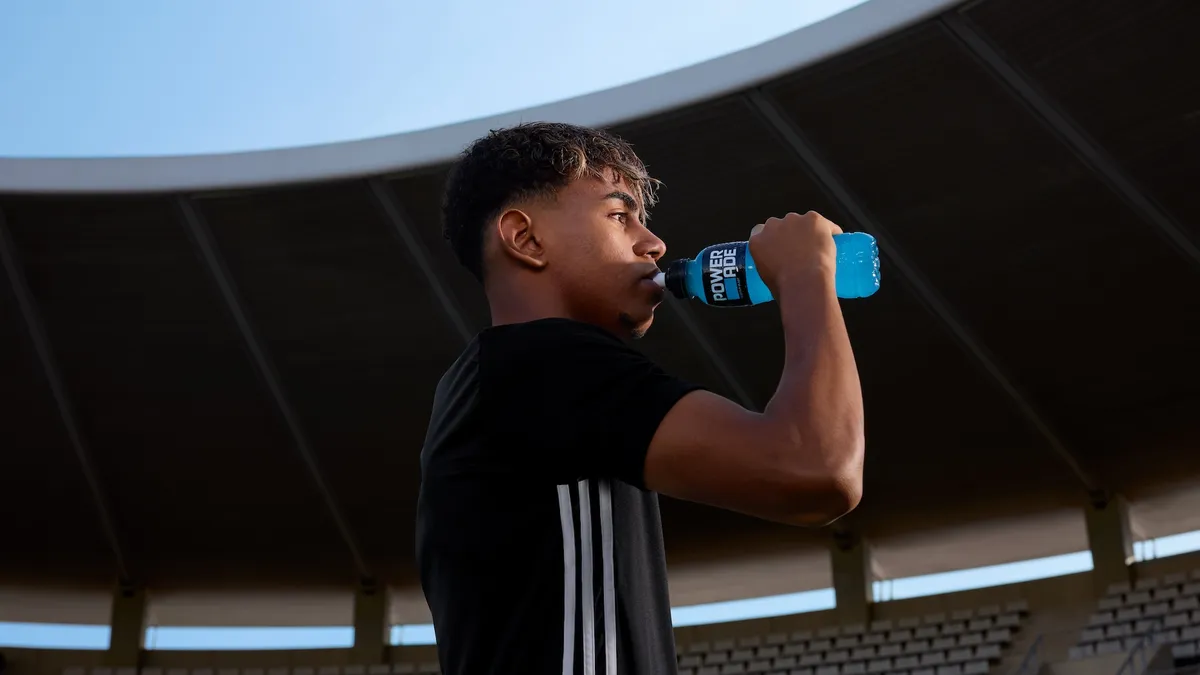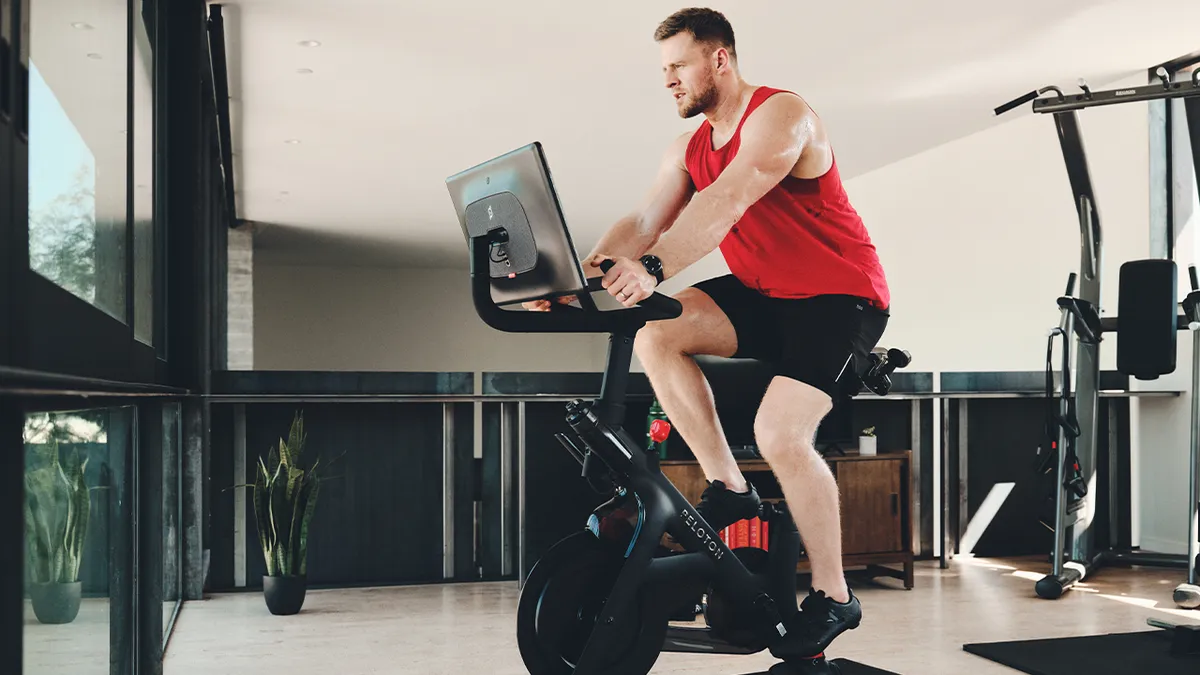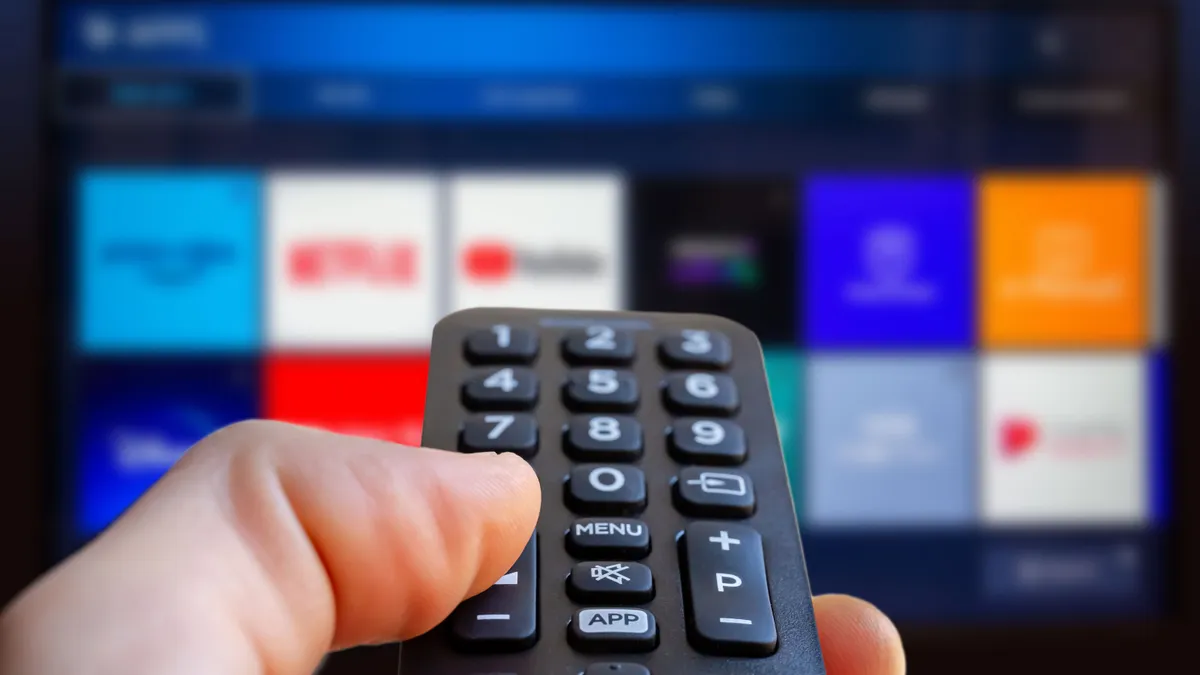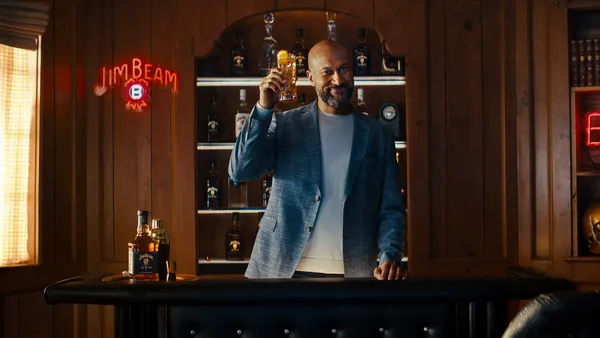The following is a guest post by James Lancaster, global brand experience lead for Lysol at Reckitt. Opinions are the author's own.
CPG brands are undergoing a massive step change. Gone are the days when a CPG's engagement with its shopper was confined to on-shelf and TV ads. Brands are increasingly trying to get closer to their audiences and are looking to have more conversations. This means adopting a service mindset, delivering value that goes beyond the packaging and the formula's ingredients.
But this requires a fine balance within brand experience. You don't want to push services on people for services' sake. Services must help solve problems, encourage conversations that drive a positive agenda — so a shift in approach, thinking and innovation is crucial.
Here are some of the key areas in which this is being felt:
1. The beauty of successful partnerships
Partnerships are a crucial component of driving a service-led CPG brand. They open possibilities for authentic, useful and brand-enhancing experiences, and an organic way of introducing a brand's loyal community to partners who have a shared vision for the world.
Partnerships can generate genuinely productive collaborations, with shared objectives and purpose. For example, Reckitt has embarked on relationships across our brands with several organizations, such as Airbnb and Delta Airlines. They all illustrate how CPG brands can share their expertise and benefits with other brands in different spaces to elevate the total service offering.
This is a very familiar territory for brands in the technology space — think of HP computers with Intel processors, or infotainment systems in modern cars connecting with your phone through Apple CarPlay or Android Auto.
The trick is in understanding what each brand brings to the table, and then mixing those attributes to benefit the end user.
2. The 'minimum delightful product' mindset
To explore such possibilities requires a shift in mindset. Traditionally, CPG innovation has been tied to sales forecasts — if a product isn't expected to reach a certain threshold, then it's not worth the investment. However, as a service-led brand, innovation parameters must change — towards a more entrepreneurial mindset, one of Minimum Viable Product (MVP), or ‘Minimum Delightful Product' as we like to call it.
This type of exploration increasingly accompanies the physical product innovation — and is crucial if CPG brands want to remain relevant and competitive and engage with people in a more meaningful way. It allows the brand to explore conversations with people with more agility and versatility.
German on-demand grocery delivery company Gorillas is a great example of using this agile mindset to evolve. The company started small, only operating in a few select neighborhoods, but is now the fastest growing start-up in the category. Of course, it didn't get its service right first time, but it set up a platform that continuously learns from the people it is there to serve. It constantly evaluates, what it is they are asking for, and when they're asking for it.
At Lysol, we used this approach when we launched an Alexa Skill last year to test the water of what is possible in terms of engagement for the brand in this area.
Starting on a small scale (targeting just 2000 sign-ups), we had some extraordinarily positive results. It has now grown to 13,000 active users, with Amazon recognizing it as a best-in-class example of how a brand acts on its purpose. We have since developed it into the Lysol GermCast app which now has more than 100,000 active users.
It is important to constantly explore such experiences and new ways to keep brands fresh for our audience — to keep them interesting and engaging, to give people reasons to come back and to reward that loyalty.
3. Staying in step with audiences
The successes of the above examples are exciting, but have also highlighted that the evolution towards a service-led brand experience within CPG needs to evolve in step with its audience. Research showed us that the more intelligent we propose to make a brand — the more responsive and more contextually aware — the greater the rejection from our users.
It is therefore crucial to meet people where they are now — with content that's rooted in what they understand and what they expect. Then use that content as the platform to suggest an additional service or solution that they might not have thought about. It is about initially establishing the shift in people's perception of the brand, from a product to a publisher.
People are starting to talk to their cars, their fridges and other smart objects. Last year has seen the use of QR codes adopted far more widely, and near field communication (NFC) technology has also become more affordable — finally breaking the cents-per-unit mark — so the opportunities for connection are continuing to expand exponentially. As these platforms become more integrated, offering content on multiple channels as a connected experience will become crucial.
4. Knowing the right question
Those smart objects will undoubtedly become smarter, and the Internet of Things will gain traction (leading to a world in which your house restocks on milk automatically or liaises with your car to save some money). This means a plethora of opportunities for service-led brand experience. However, it's easy to get carried away with the possibilities of it all.
We need to remember that when it comes to brand experience of consumer goods, it's not about the platform, the technology, the channel, or even the audience. It's about the individual questions that people are asking themselves when using a product, and anticipating where those questions lead.
For example, car rental company Sixt reviewed what new services were available from companies such as Zipcar, Greenwheels and Car2Go, which allow for ad-hoc car rental, and anticipated the next question renters were going to pose — in this case, "Can I pick up a car in one location and leave it somewhere else?" As a result, the company now has a fantastic new service, Sixt+, that keeps its model relevant — and allows its audience a more flexible approach to ad-hoc car rental.
The shift to service-led brand experience needs always to route back to a need — and to the question the person you're looking to connect with is asking. Then we can be ready with the answer, at the right time, in the first port of call — and grow our service-led solutions in a meaningful and engaging way.


